
In South America, people used to chew coca leaves to overcome fatigue, hunger and altitude sickness. These plants with psychoactive substances have long been around humans, but as drugs they're banned by most countries. On the International Day against Drug Abuse and Illicit Trafficking, here are some plants that can make some of the most potent drugs in the world:
1. Opium poppy
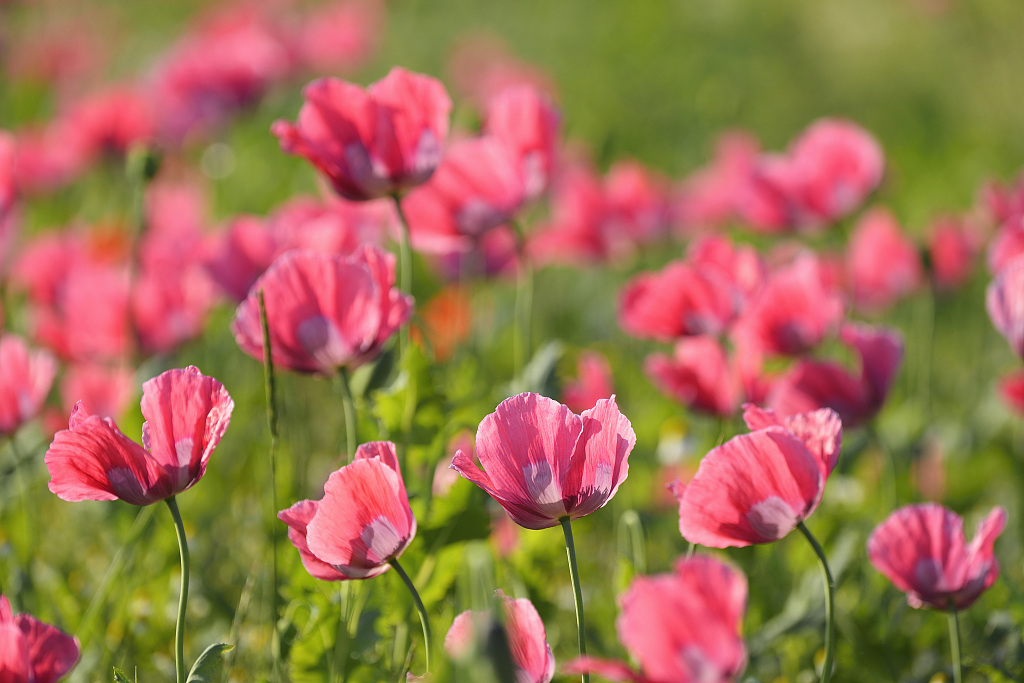
A close-up of opium poppies in Germany. /VCG Photo
With bright red, pink and yellow petals, poppy flowers usually have vibrant colors to entice pollinators like bees and beetles. People are also captivated by the flower's beautiful appearance and forget its hidden dangers. This type of poppy is notorious for its products, like opium, morphine and heroin.
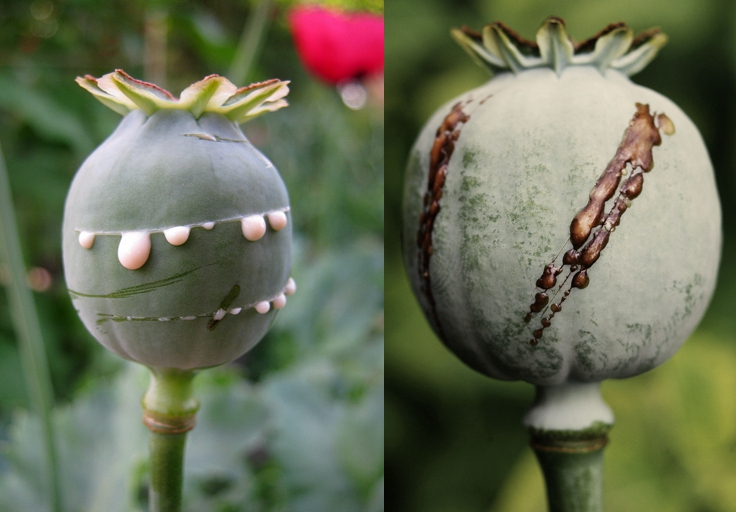
The milky fluid (latex) that bleeds out is dried, becoming raw opium. /VCG Photo
Around ten days after the poppy flower withers, you can incise the seed pod and see white latex bleeding out. The addictive substance mainly comes from the milky fluid. When it dries, it becomes raw opium. Opium is a good sedative and painkiller that contains about 8-14 percent morphine. In 1898, a German used morphine to produce a new medicine with even better analgesic effects. It became known as heroine, which is more addictive and dangerous.
2. Cannabis
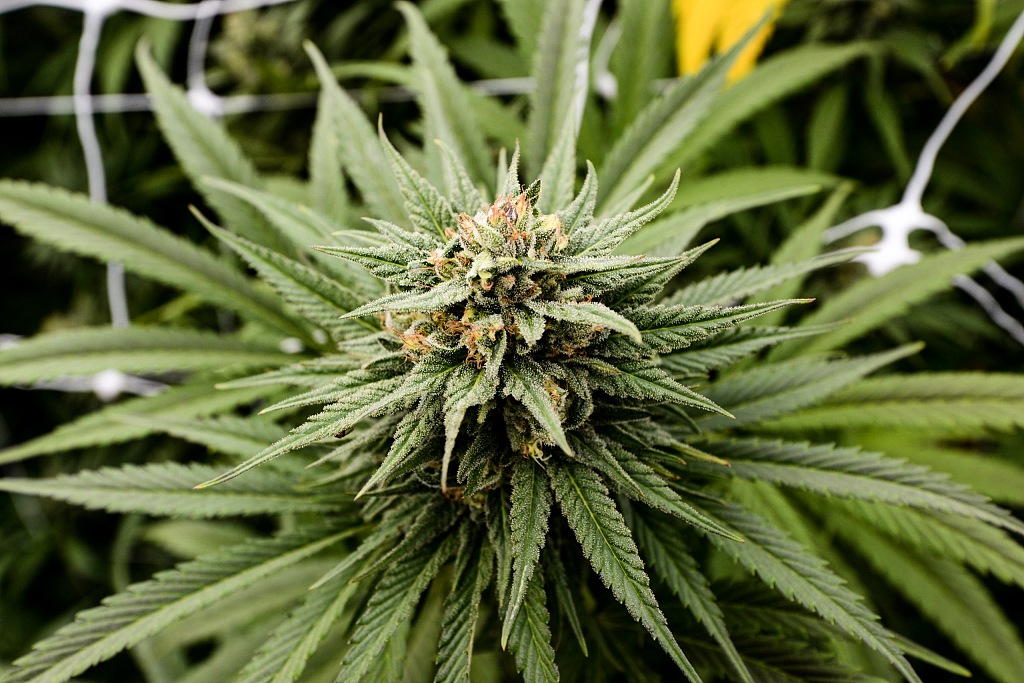
Mature marijuana in flowering stage. /VCG Photo
In the coffee shops of the Netherlands, cannabis or marijuana is often on display because it is legalized in the country. There is even the Hash, Marijuana and Hemp Museum in Amsterdam where you can see the plant and learn more about its history. However, in most countries, cannabis is still banned for its hallucinating effect.
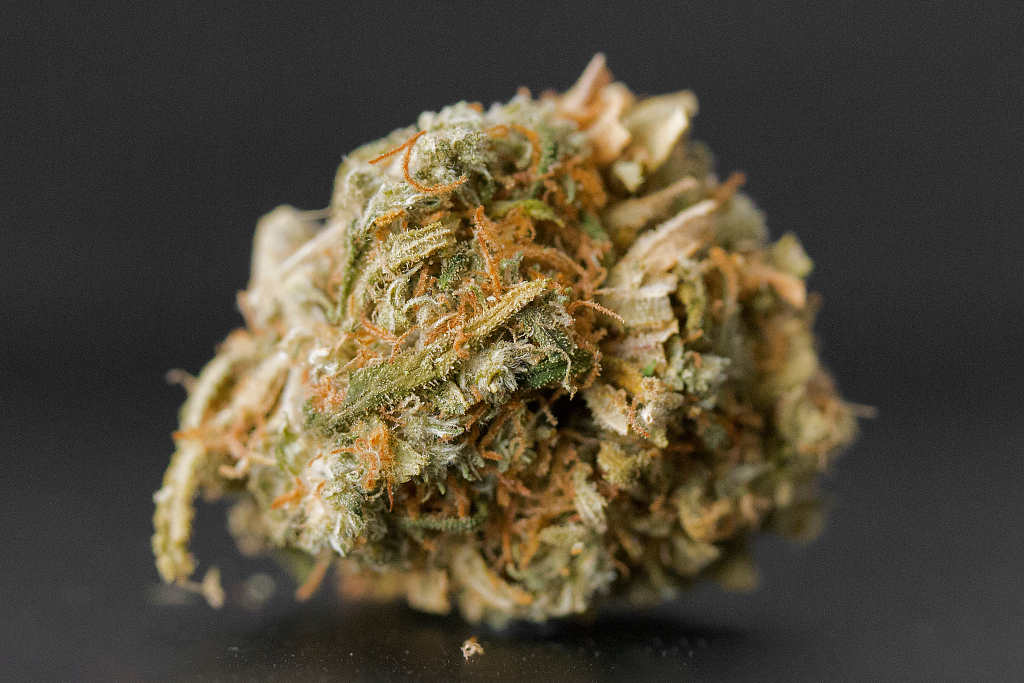
Marijuana bud. /VCG Photo
Cannabis is not picky about the environment it lives in. As long as there are enough sunlight and humidity, it can thrive even in the basement. When cannabis ripens, the dried leaves and flowers can be made into marijuana. The plant is also used for hemp fiber, hemp seeds and their oils.
3. Coca
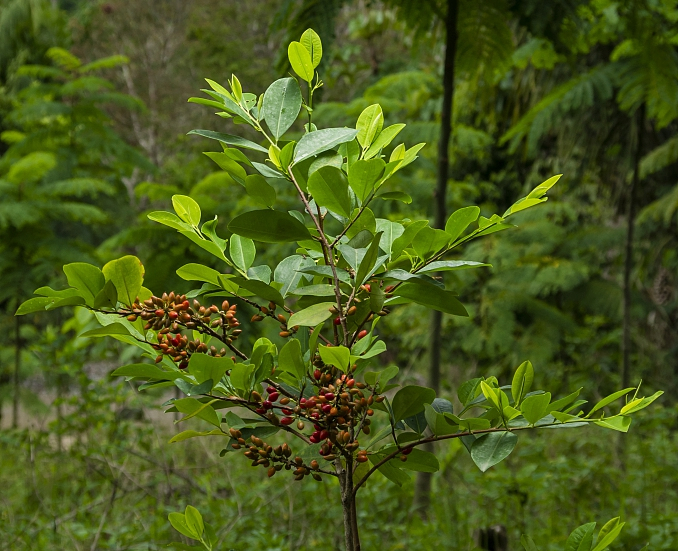
Coca crops in the Peruvian jungle. /VCG Photo
This small bush with red tiny fruits may seem ordinary, but the well-known drug, cocaine, is extracted from its leaves. Coca is traditionally cultivated in the lower altitudes of the Andes region. The native people used to chew coca leaves to alleviate altitude sickness. Since the coca leaves contain only 0.25 percent to 0.77 percent cocaine, the locals won’t have symptoms typical to cocaine addiction.
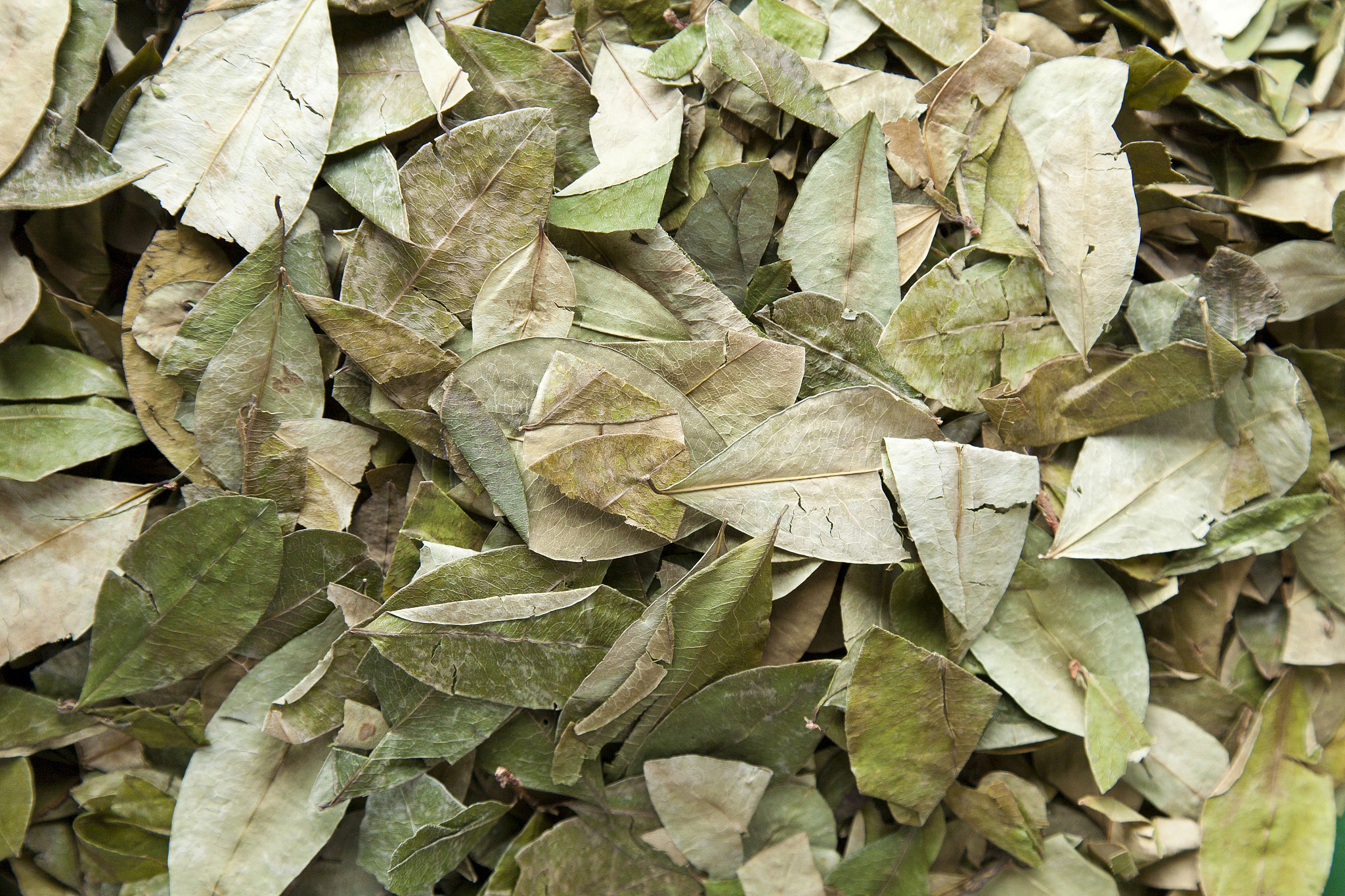
Coca leaves for sale in a Peruvian market. /VCG Photo
Coca-Cola, the famous carbonated soft drink company, used coca leaf extract in its products from 1885 to 1903. That’s why it has coca in its brand name. Besides, the coca leaves can also make tea, which is said to help tourists quickly adapt to the high altitude.
(Cover image: Opium poppies. /VCG Photo)
(If you want to contribute and have specific expertise, please contact us at nature@cgtn.com.)

Copyright © 2018 CGTN. Beijing ICP prepared NO.16065310-3
Copyright © 2018 CGTN. Beijing ICP prepared NO.16065310-3